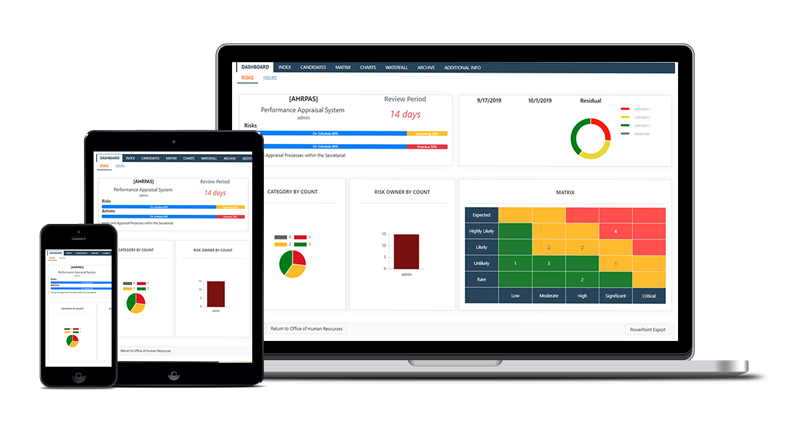In these fast paced times risk is a constant factor in business technology. Computing and software systems have become so complex and interconnected that errors are more likely to occur and harder to solve. This can cause downtime to the business resulting in heavy financial loses not only from lost business but also a loss of reputation
And the source of IT risk is not necessary what you’d assume. According to a 2016 Ponemon study on data centre outages, failing IT equipment accounted for only 4 per cent of outages. The biggest outage sources were power related with 25% unplanned outages stemmed from a dodgy power supply, followed closely by denial-of-service attacks (22%) and accidental or human error (22%).
So what can we do to protect ourselves from these risks? First you need to identify and quantify them. How likely is that particular risk? What would the damage be to the company if it happened? Can we make the risk less likely to occur? Are there actions we can take now to reduce the impact of the risk if it does occur?
Time and money spent on a quantitative, analytical approach to risk can help us to absorb risk and carry on.
The Register is a British online tech publication with more than nine million monthly unique browsers worldwide. Read their full article on Risk and IT here: Risky business: You’d better have a plan for tech to go wrong






